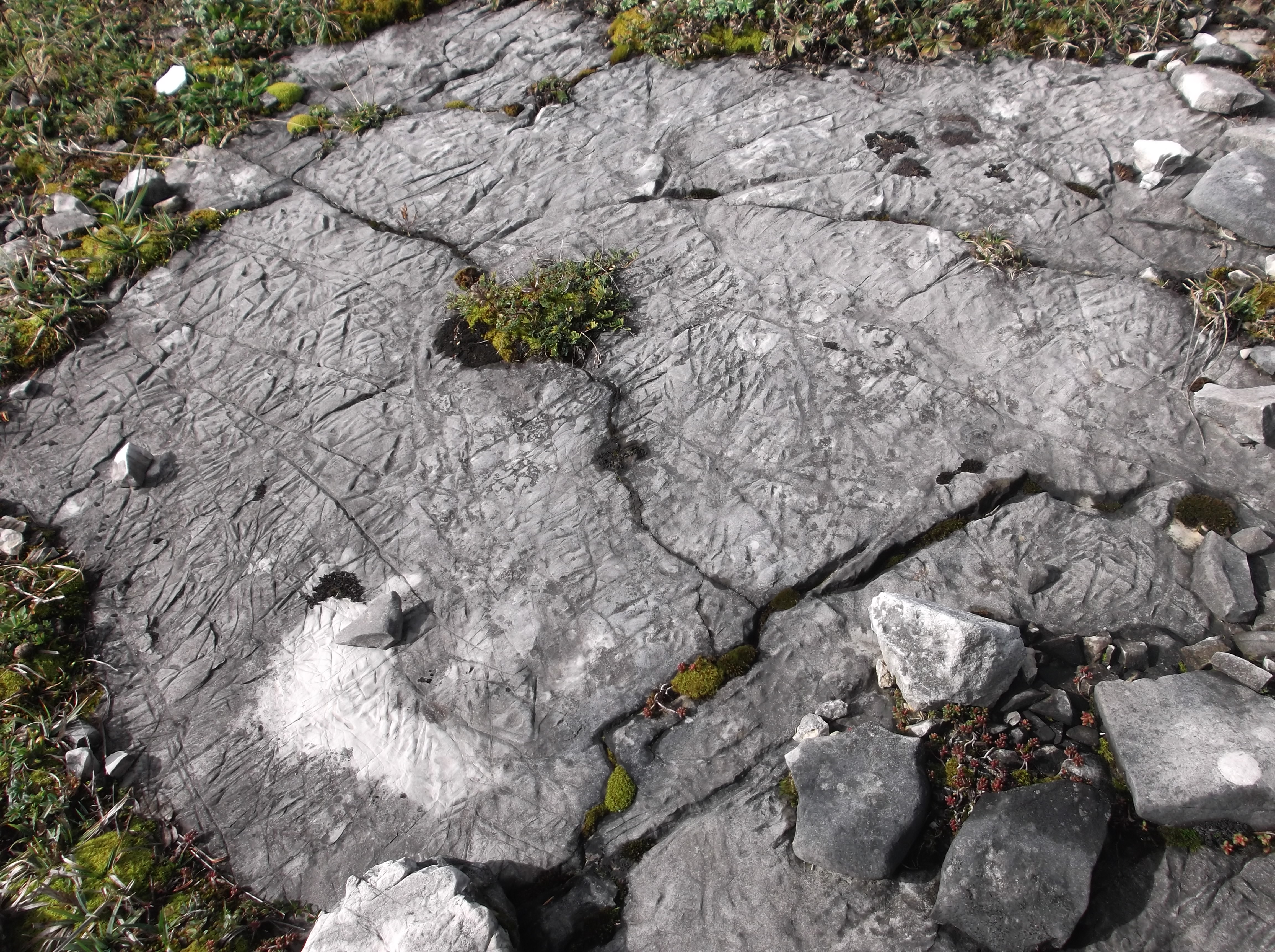In a few days time, I am speaking at the Quarry Life Award ceremony in Brussels, an event organised by Heidelberg Cement. The Quarry Life Awards offer a unique opportunity to add true ecological and educational value to a mining environment. It is a great way to raise awareness about biodiversity in the mining industry, and the projects submitted for the award are wonderful case studies about real success on the ground.
I was asked to give an outside perspective, and I will be talking about limestone landscapes, karst biodiversity and what the industry can do to deal with the issues even more effectively. Karst is the process of limestone solution by rainwater, and this is what makes limestone landscapes so special. Limestone solution can be rather small scale, as is shown in the following photo of a limestone pavement in the Swiss Jura, but it can also lead to immense caves systems, such as the Clearwater system in Sarawak, Malaysia. The term karst is from South-eastern Europe, and this is where the typical landforms were first described. Dolines, which are solution funnels that feed underground crevasses, and poljes, large flat-bottomed depressions that sometimes carry water but most of the time are dry, are typical karst features in the European landscape.
Karst biodiversity is also rather special, and most of the typical, endemic karst species are found at the bottom of the hierarchy. Blind cave animals include salamanders, fish, shrimps, spiders, beetles, and typical karst flora on the surface includes mosses, ferns and lichens. Studies in Asia have shown that many snails are restricted to one or two limestone hills, and that certain species are not found anywhere else. (See for example Schilthuizen etal (2005) in Conservation Biology vol 19, No3).
We know quite a lot about the karst flora and fauna in Europe – maybe more than from other parts of the world – but this knowledge is very specialised, and often restricted to individual sites. There is a lot of good work being carried out by the cement industry with regards to quarry rehabilitation and restoration. The essence of my talk is that we often overlook the lower creatures when we carry out the biodiversity surveys in preparation for industrial development, and the restoration of completed quarries and mines generally does not include these biodiversity aspects. A restored quarry will most likely include nice ponds, and healthy lush vegetation, but the original karst flora and fauna may have been lost.
Far from advocating that we stop quarrying and mining, my argument is that we should be more careful and comprehensive in the baseline survey, and this means employing real experts who know what to look for. A recent publication by Fauna and Flora International (Protecting Biodiversity by Tony Whitten in International Cement Review, June 2012) makes the same point.
When we assess what there is to start with, we can determine what we are losing, and we can then decide what to do about it.


Wanneer en waar is the Life Quarry Award event in Brussel?
Dear Simon
it took place yesterday – Wednesday 24 October in the afternoon at the offices of Heidelberg Cement.
Best regards
Hans